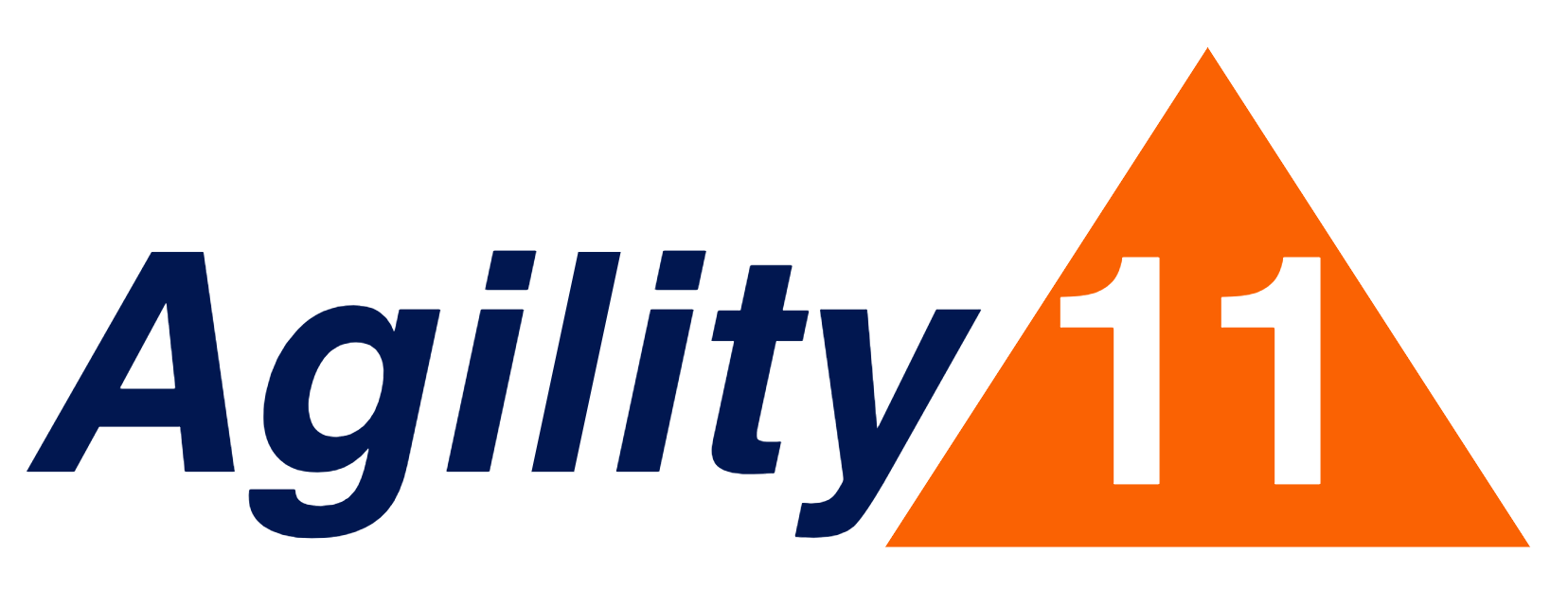Empowered Teams Versus Scaling Frameworks
The ‘secret sauce’ of Agility is this: cross-functional, empowered teams collaborating closely with customers in fast feedback loops, to deliver a product the customer loves.
Image by Kajsa Wikman via Creative Commons license.
Agile frameworks like Scrum are designed to solve complex problems in environments of uncertainty and change. In this context, neither delivery teams nor customers nor business executives can know all the answers in advance about what the ‘right product’ is. In order to validate our assumptions and hypotheses about the solution, we must work with customers to solve problems together. In order to do this quickly and effectively, delivery teams and customers must collaborate directly and frequently.
Most organizations would assert that technology teams exist to serve the business. In his blog post Empowered Product Teams, Marty Cagan asserts that the best product teams exist for a different purpose:
“They exist to serve the customers, in ways that meet the needs of the business.”
The difference may seem subtle, but it implies a profoundly different set of values and beliefs.
Many organizations, unfortunately, put a lot of distance and bureaucracy between delivery teams and real customers. Important product decisions are made unilaterally by some senior manager, and then trickle down thru layers of management until a team finds a ‘ticket’ in their project management tool telling them some small piece of work to deliver.
Sadly, many so-called Agile scaling frameworks reinforce this separation between delivery teams actual customers. They treat the delivery team as ‘order taker’ rather than a partner in solving a problem. The ‘scaling’ frameworks tend to delay feedback from real customers as well. Even if some intermediary ‘stakeholder’ is see a demo of the product each Sprint, it’s unlikely that a real customer will see the product for many months.
It doesn’t have to be this way - even if you are leveraging some scaling framework - as long as you ALSO create an environment and an expectation that real customers will be collaborating with delivery teams every Sprint - and maybe even every day. Those middle layers in your scaling framework could be enabling greater customer collaboration instead of serving as barriers to it.
So now, be honest: is your Agile team empowered to solve customer problems, or is it just taking orders from intermediary managers?

